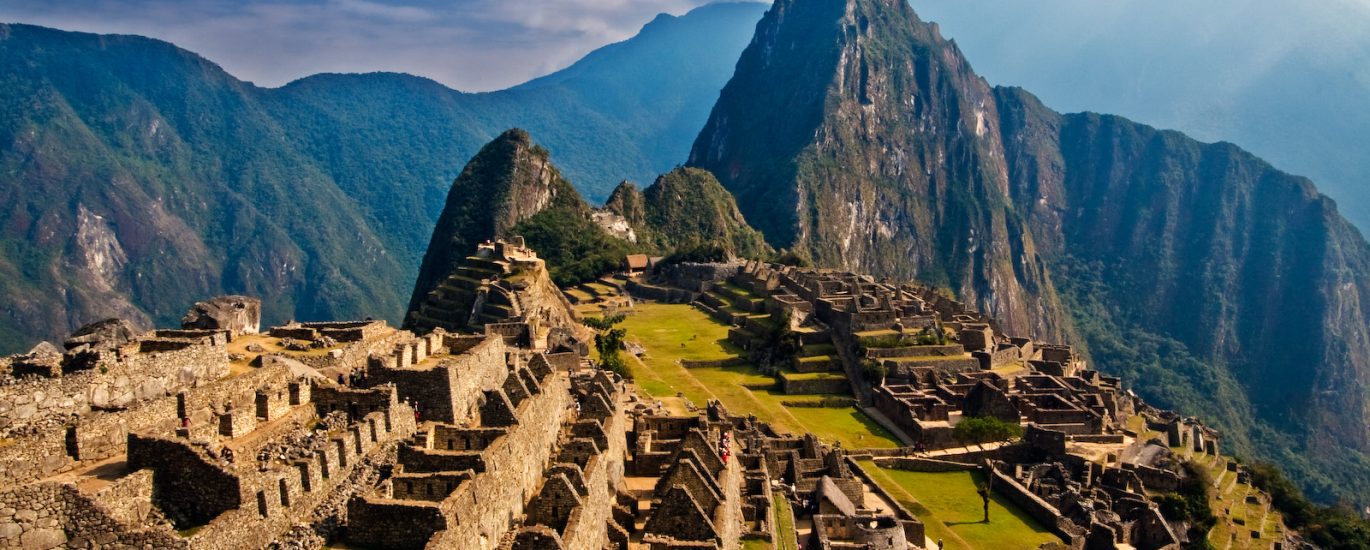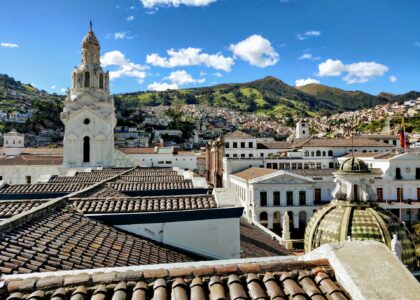Nestled high in the Andes Mountains of Peru, Machu Picchu stands as a testament to the ingenuity and cultural richness of the Inca civilization. This awe-inspiring archaeological wonder not only captures the imagination of travelers but also serves as a poignant reminder of the importance of preserving indigenous rights and cultural heritage. The preservation of Machu Picchu isn’t just about conserving ancient stones and structures; it’s about respecting the legacy of the indigenous people who shaped it and continue to call the region home.
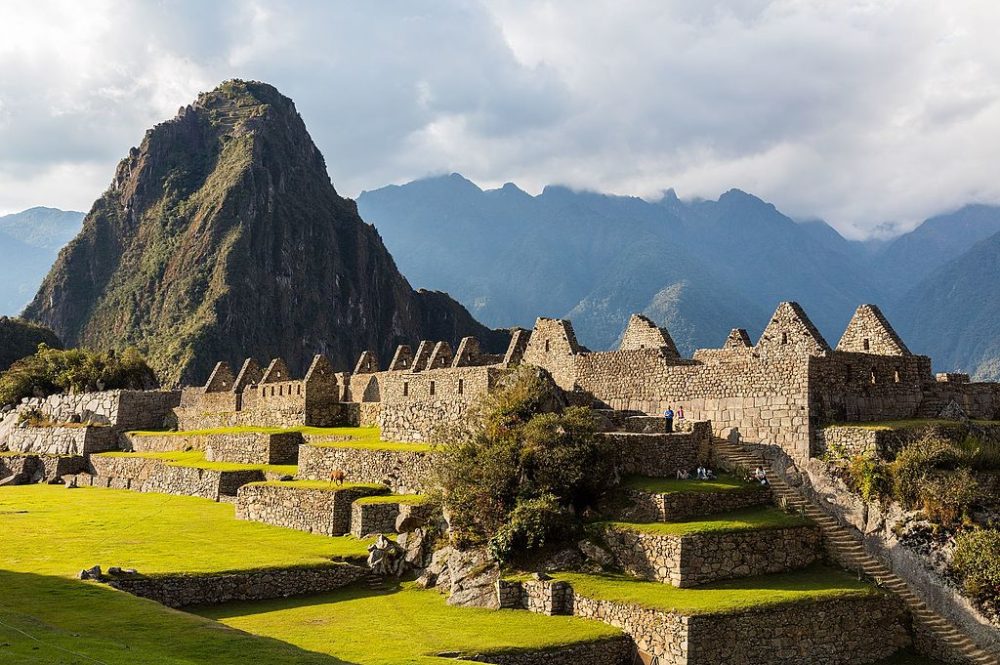
Machu Picchu: A Cultural Marvel
Machu Picchu, often referred to as the “Lost City of the Incas,” is a UNESCO World Heritage Site and one of the most iconic archaeological sites in the world. Built in the 15th century, it was abandoned and forgotten for centuries before being rediscovered in 1911. The site’s impressive terraced architecture, stone constructions, and breathtaking panoramic views showcase the advanced engineering skills and spiritual significance of the Inca civilization.
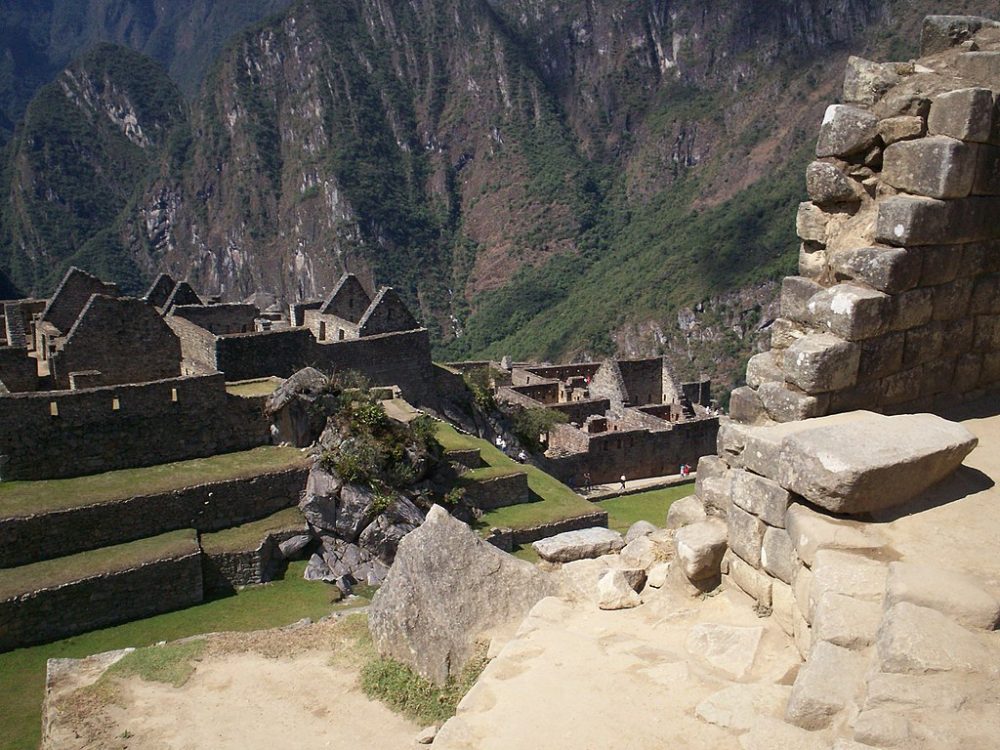
Indigenous Rights and Cultural Preservation
Beyond its architectural marvels, Machu Picchu embodies the deep connection between cultural heritage and indigenous rights. The preservation of this site is intrinsically tied to respecting the rights, beliefs, and traditions of the indigenous people of the Andes. The Quechua-speaking communities in the region are descendants of the Inca civilization, and their connection to Machu Picchu goes beyond historical interest – it’s a living bond that shapes their identity and way of life.
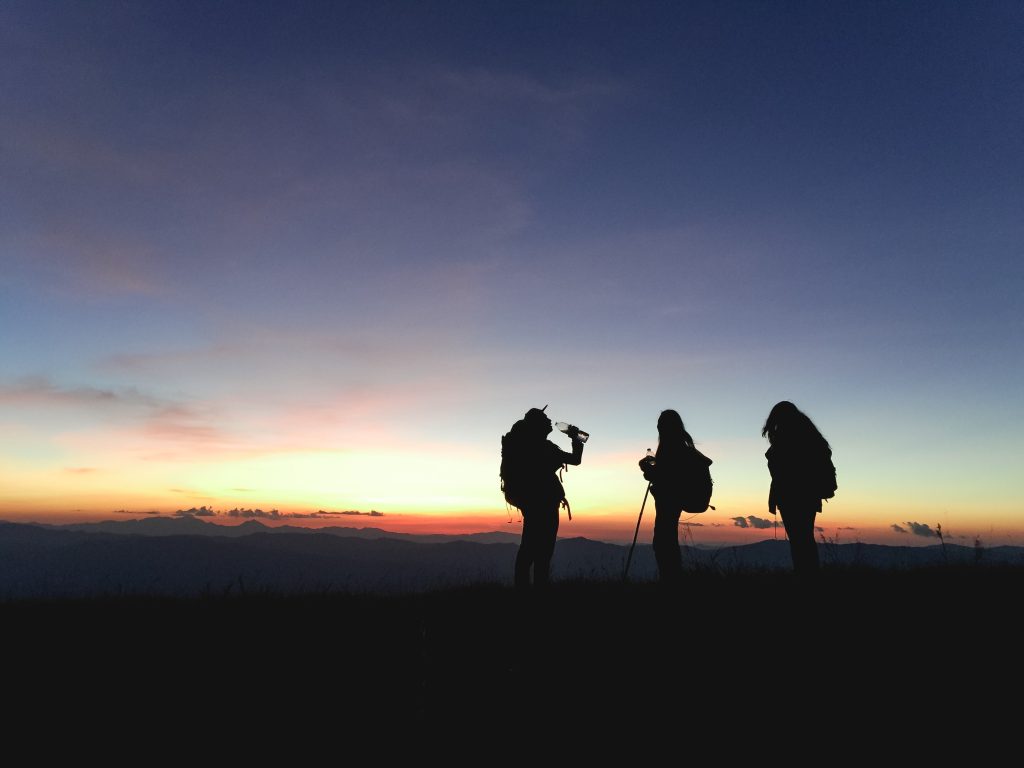
Challenges Faced
However, the preservation of Machu Picchu and the protection of indigenous rights have not been without challenges. Rapid tourism growth, inadequate infrastructure, and insufficient regulations have placed immense pressure on the site and its surroundings. Uncontrolled foot traffic, improper waste disposal, and erosion pose threats to the physical integrity of the site. Additionally, the commercialization of the area can sometimes neglect the needs and perspectives of the local communities who have a direct stake in its preservation.
Balancing Conservation and Sustainable Tourism
To address these challenges, there’s a growing consensus on the need for sustainable tourism practices that prioritize both the conservation of Machu Picchu and the well-being of the local communities. Efforts are being made to limit the number of daily visitors, implement eco-friendly infrastructure, and involve local communities in decision-making processes. This approach not only safeguards the physical site but also ensures that the benefits of tourism positively impact the indigenous population.
Machu Picchu stands as a poignant reminder of the intricate relationship between cultural heritage and indigenous rights. Preserving this archaeological marvel isn’t just about safeguarding ancient stones; it’s about honoring the heritage and traditions of the indigenous people who continue to be its stewards. By adopting sustainable tourism practices and involving local communities, we can ensure that Machu Picchu remains a source of inspiration and a symbol of the enduring connection between humanity and its past.
If you are interested in exploring Machu Picchu and all of its rich history and culture, you can book a trip today with us by clicking here!


